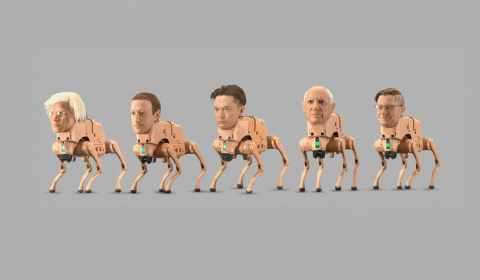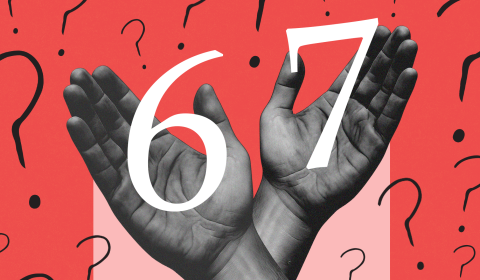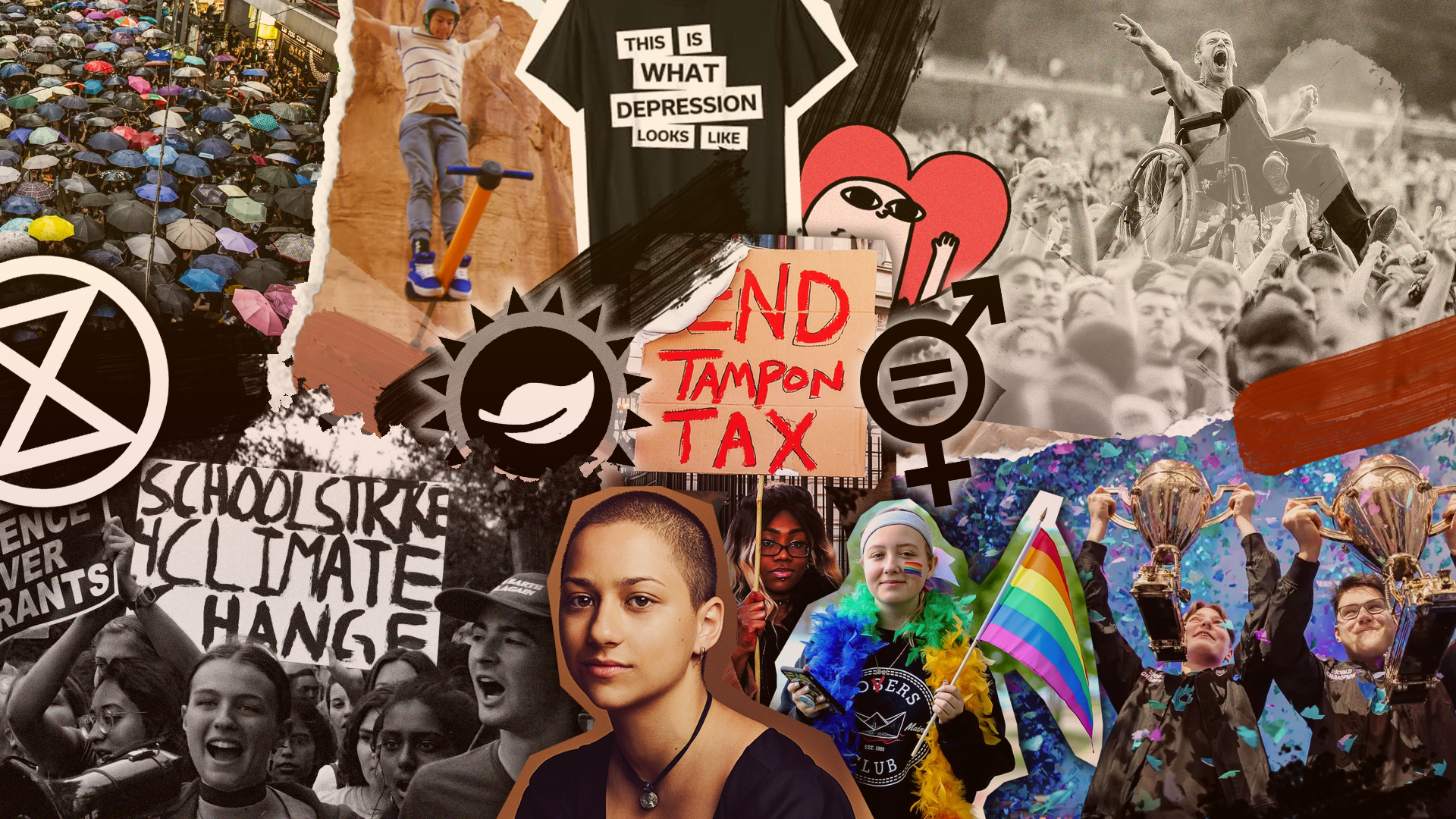The autonomous-less fatalism of the ‘lucky girl syndrome’ trope joins the long list of individualising and infantilising trends adopted by privileged women who present themselves as too incompetent and irrational to engage critically with intellectualism, politics, or financial responsibility.
Whether you’re willing to admit it, or (like me) you’re not, many of us have little things we habitually do to try and avoid bad things happening to us.
For instance, you’ll never see me intentionally walk under a sign, and if I happen to I’ll likely have my arms above my head to ward off any bad luck. Likewise, there’s not a magpie I pass without giving him a little salute – and feeling my heart sink if there’s only one.
But do I genuinely believe that seeing ‘two for joy’ will enable me to manifest that everything in my life will work out? Well, not really, no.
For some women however, the manifestation potentiality of carrying out habits intended to bring luck and positivity has led, through their conspicuous documentation, to their alignment with things like ‘girl dinner’ and ‘girl math’.
As a result, we’re witnessing an ever extending list beneath the ‘I’m just a girl’ umbrella of self-infantilising tropes embraced by women content to be characterised by their incompetence.
The latest: ‘lucky girl syndrome.’
This trend, at its core, stresses the importance of changing your daily mindset.
It involves things like developing mindfulness practices and keeping a daily affirmations journal – but could also include downloading a workbook or other helpful plans to help you step into ‘the luckiest version’ of yourself.
In short, it’s based around the idea of simply manifesting the life that you want for yourself and, by focusing on thoughts, intentions, and actions, believing that it will happen.
While the validity of manifestation is widely contested, journalists like Lisa Quinnn have instead suggested the WOOP method (Wish, Outcome, Obstacle, and Plan), developed by psychologist Gabriele Oettingen, as a more realistic way to set and achieve your goals.
The idea is that you don’t just wish for something you want and that will make it happen. Instead, you visualise how it will make you feel to achieve that desire. Then you consider the obstacles that may arise and prevent you from achieving that goal. Only after this are you able to foresee how you would overcome those obstacles.
For instance, if you want to get stronger you might start going to the gym. But if you know you’re going to be too tired to go after work, you would identify that as an obstacle and instead plan to get up earlier and go in the morning.




















